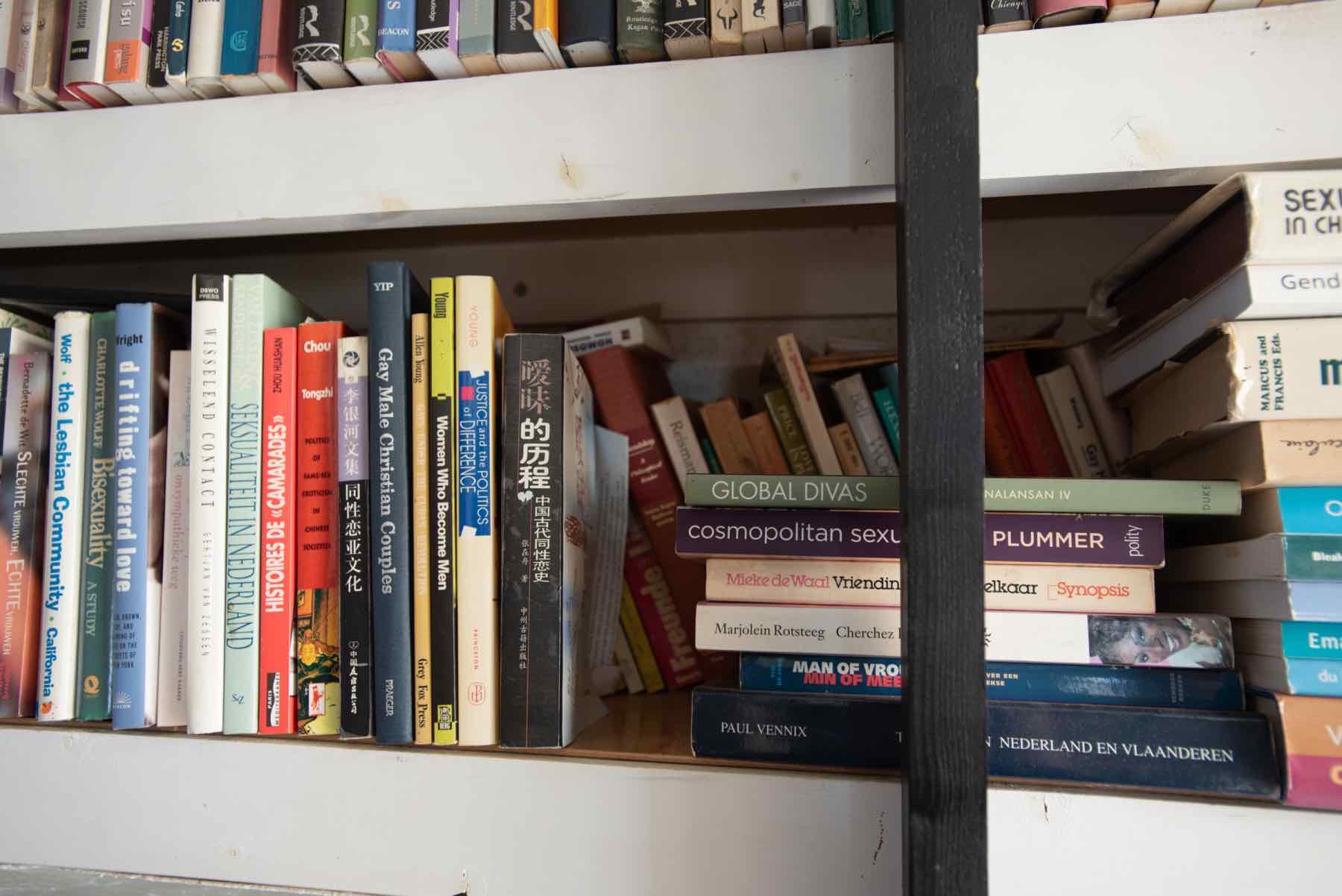
Orgasm and the West. A History of Pleasure from the Sixteenth Century to the Present
This is not a book about orgasm, and not much will be found on pleasure. It is more a traditional history of sexuality, on how church, academia and state dealt with sexual topics. There must be a very interesting and probably difficult history to write on orgasms, but this book describes not even one. The whole book is a sign pole to the robust conclusion at the end.
The study is strongly based in the work of Sigmund Freud and his sociological disciple Norbert Elias, and discusses the history of sexuality in terms of the growing importance of the subject and individualism since the Renaissance, and a change from external social to internal self controls of “brutal or sexual impulses” (following Elias). Although lip service is paid to Michel Foucault’s ideas on discourses and confessions, his view that sexuality (including orgasm) is deeply historical in how it is felt and understood, looses out against the essentialism of Elias’ impulses – creating a single instead of multiple backgrounds.
The sixteenth and seventeenth centuries saw a growing restraint being imposed by both Catholic and Protestant churches, while resistance against religious disciplines mounted in the eighteenth century – age of Enlightenment and libertinism. Muchembled names this period a “phase of epicurean freedom”, followed by an age of moral constraints that continued till the 1960s. The sexual revolution saw “the emergence of a new European and Californian hedonistic system”, characterized by the increasing erotic autonomy of women and gay men. Since 1968, the Europeans live in a hedonist world while the citizens of the USA still suffer under a religious Puritanism. The Atlantic Ocean has split the Western world in two. This argument is articulated in the introduction, and guides the rest of the text.
In the book’s chapters these developments are described with a focus on elite groups and normal sexuality. There are some sidesteps to onanism and homosexuality, and prostitution gets as a safety valve attention, but the focus is on the straight mainstream. Although sexuality in this history is seen as highly repressed, much of the text discusses the libertines who went their way or opposed sexual regulations. Little is said about the contents, changes or applications of erotic controls or sex laws, the people and institutions who defended and imposed them, or what changed with the Victorian times. Although Muchembled implies a coexistence of libertinism and a fierce battle against onanism in the eighteenth century, he offers a weak explanation how both went together. He sees Tissot in his battle against self-stimulation “as a champion of a controlled middle way to the pleasure to which the new urban elite in Paris and London aspired (…) by instilling a salutary fear in his readers (…)”. In my view, Tissot didn’t offer a middle way, but a radical rejection of self-pleasuring, and the fear he injected, was not salutary but brought some of his readers to self-castration. Although Muchembled makes so much of the Self, he does not make the connection between this struggle against masturbation and the development of the subject that he discusses the next pages, a connection that Thomas Laqueur made in his landmark study Solitary Vice (2003). It could also well be that different themes go different directions, as homosexuality and pedophilia or bestiality do these days.
The main problem with the book is the final conclusion: that the West, at least Europe, has become hedonistic. This goes against what sex surveys indicate: heterosexuality and monogamy remain the norm with adultery and prostitution as taboos, gays and lesbians may have equal rights but are not socially equal, adolescent sexuality is still highly controversial. Kulick has argued in GLQ (11:2, 2005) for Sweden that good sex is heterosexual monogamy in a couple of social equals, with no promiscuity or public sex. Sexual cultures of other European countries are not so different from the Swedish model. Iacub and Maniglier show in Antimanuel d'éducation sexuelle (2005) how since the sexual revolution the number of sex criminals has gone up in France and the United States from 5% to 20% of the (also increasing) incarcerated population, because there are more sex laws, definitions of sex crime have broadened and punishments have become harsher. Teaching sexual studies in Amsterdam, I see some queer students lead a hedonistic lifestyle, but most other students shy away from available opportunities, believe that sex and love belong together and have strong negative opinions on most sexual variations that depart from mainstream morality. Because some forms of sex have become more liberated since the 1960s, this doesn’t mean that Europe has become libertine. Notwithstanding the richness of its historical material, Muchembleds book is flawed because he leaves out the promised orgasms and misrepresents the actual sexual culture in Europe. There is still a long way to go before Westerners will be hedonists.
Gert Hekma, University of Amsterdam
